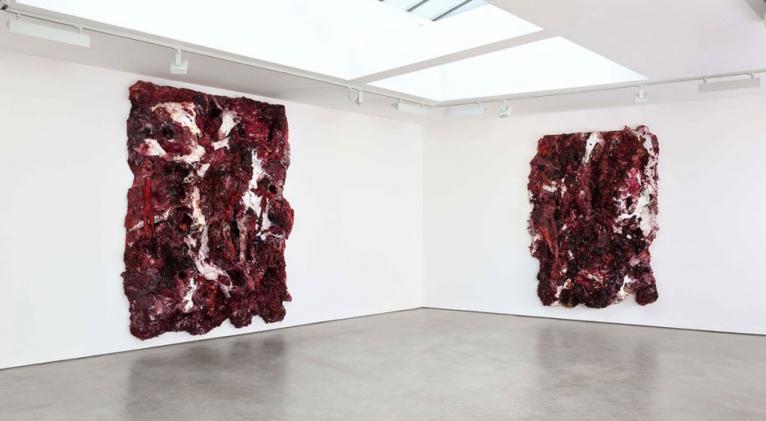Illusions, voids and convex ghosts
especiales

There is an emotional world and an objective world, and the two mesh. Thirty years ago I began working with the idea that for every material thing, there's a non-material thing alongside it – sometimes poetic, sometimes phenomenological. For example, I once made a stone chamber and painted it a very dark blue. Thanks to the psychological implications of the colour, if you look inside the chamber it's as though this stone thing had a non-thing inside it. The cavity becomes an object. You get an effect like that when you look at a polished concave surface. The eye wants to fill the hollow with a sort of convex ghost.
I've been interested in what I call "void works" for many years: applying deep, dark colour to mostly concave forms so the space and object are confused. This lead me to Vantablack, a superblack made from carbon nanotubes. It's extraordinary – the light gets in and is not able to get out. (Indeed, Vantablack absorbs all but 0.035 per cent of visual light.) The discovery of a new material like this opens up the most incredible possibilities. I love the idea that one could walk into a room that isn't dark and at the same time isn't there. You could have lights on, but the room wouldn't be there. There's something magical about that. It's that wonderful, liminal moment between wonder and fear – that's what I aim for.
I don't mind too much when people call me an illusionist. I'm pretty sure that everything we consider to be real is illusory, or has an illusory element. From a psychological point of view, there's more deep truth in the unreal than there is in the real. After all, objectively speaking, colour doesn't even exist. So that's the game. Keep your balance. Whenever subjectivity and objectivity are put into opposition, never come down on either side.
I've always been deeply fascinated by raw pigment, which is at once a colour – a pure, psychological idea – and a real substance. It has this otherness you can't quite point at. My latest works at Lisson Gallery are made with silicone, all very red and very visceral. I work with red a lot, because of its darkness. The psychology of the red generates a much darker dark than black or blue.
And I've always been deeply interested in geometry, and I've put some of my pieces into motion to get at forms I can't produce by any other method. Descension is a whirlpool that produces a natural parabola. It took me 20 years to get it to work, because it needs to be built at a certain scale, and be spinning at a certain rate. What surprised me, once I'd achieved those wonderful parabolic curves, was what happened at the bottom of the pool. A void opened up, a form I never expected to find there, for all the world as though this thing was boring its way the centre of the Earth!
Art and science do sit naturally quite close to each other. But making a statement of that sort in a piece of art is just going to get in the way. Science is apparently rational and art, perhaps, more confused. But they both start out as experimental processes, and both are contained by rules. A poetic purpose is every bit as real as an apparently scientific one. There's objectivity in art, just as much as there's subjectivity in science.













Add new comment